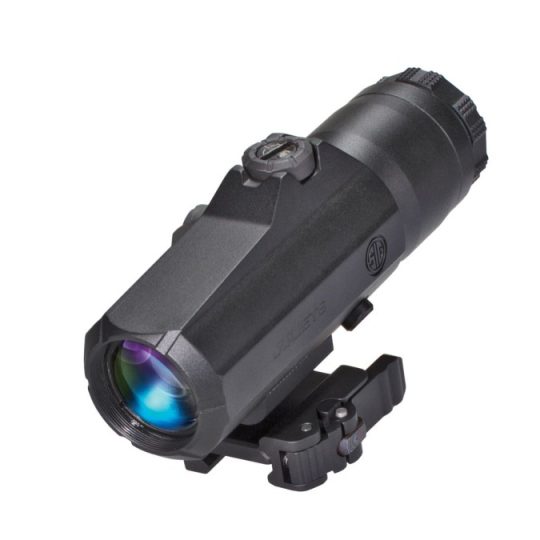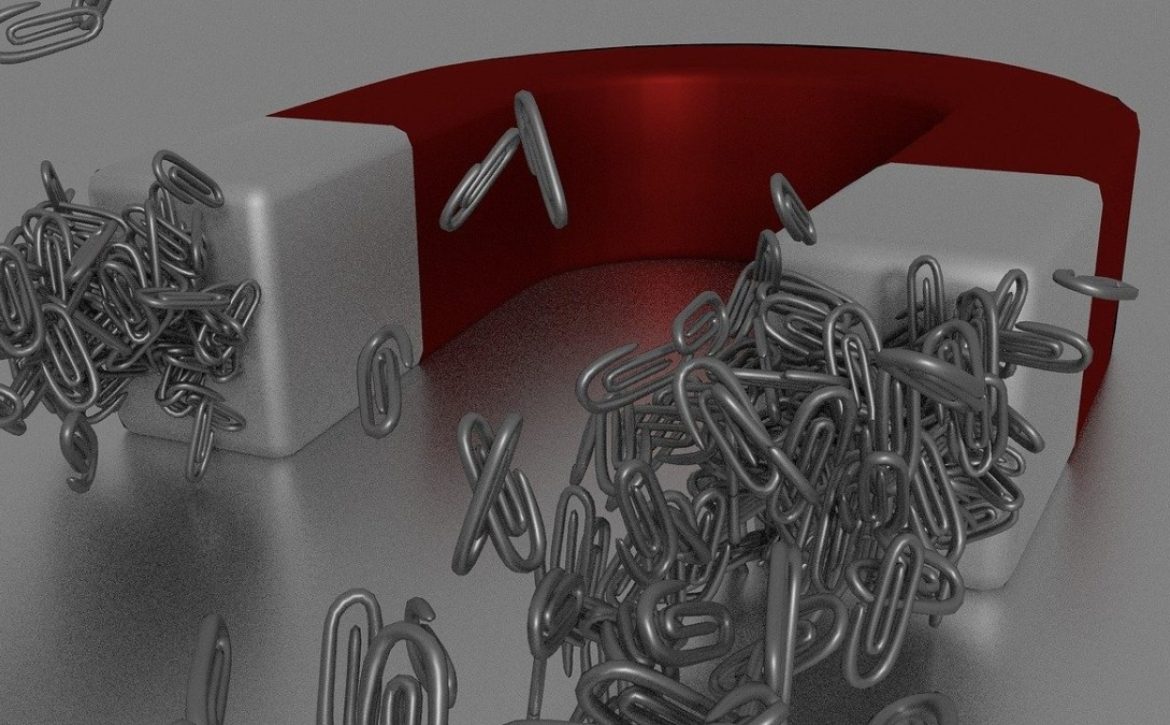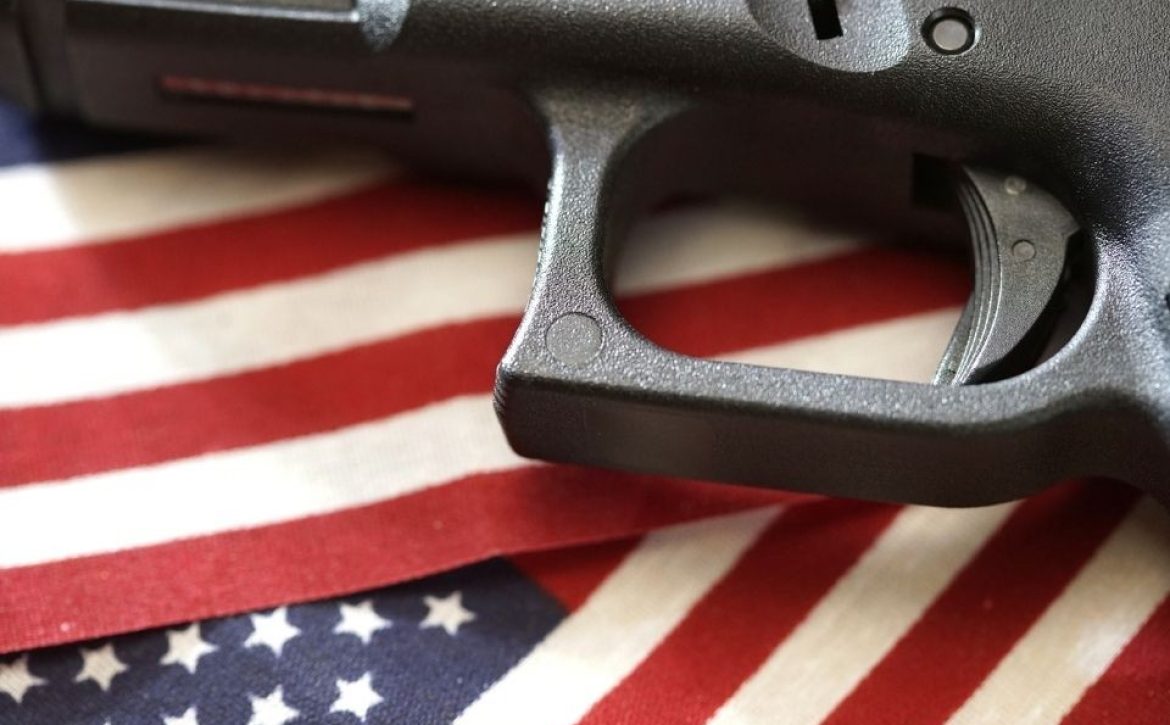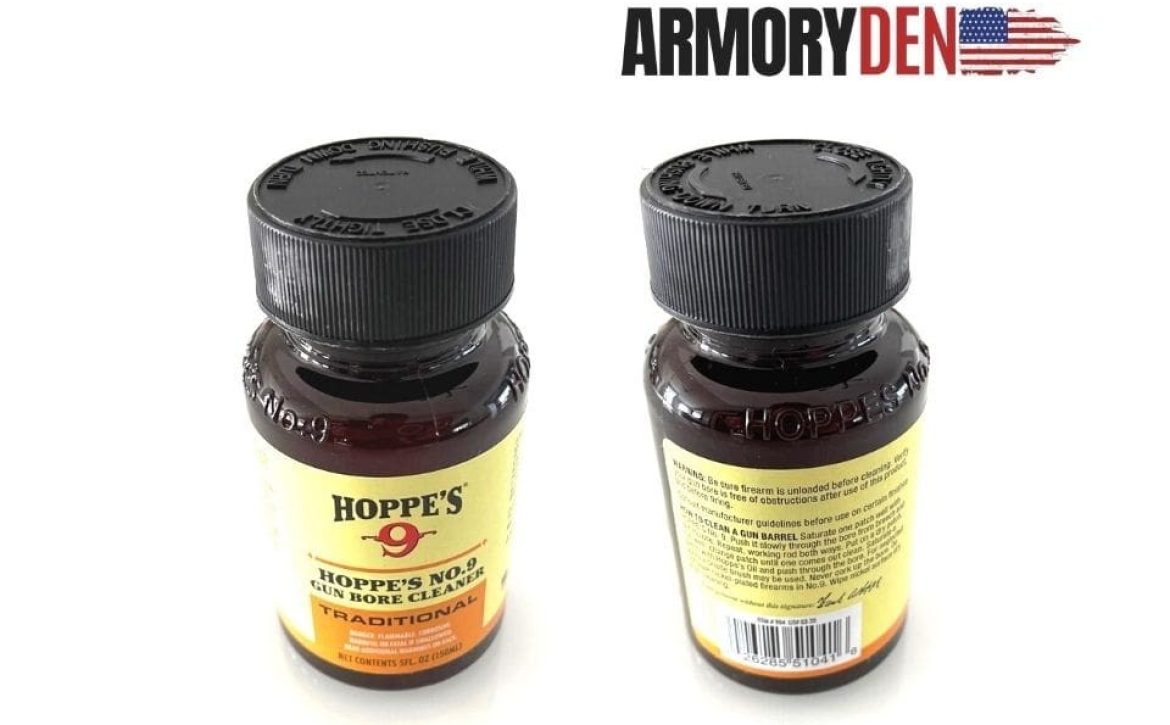The Proper Way Of Cleaning and Maintaining Your Glock Firearm
Before You Start Cleaning Read the Owner's Manual
Prepare Your Cleaning Accessories and Work Area
Wear Safety Equipment
How to Clean Your Glock Firearm
1. Take the Glock apart
- Point it away in a safe direction and release the magazine.
- Rack the slide several times to ensure no ammunition is left in the chamber.
- Then pull the slide back and pull down its lock.
- Remove the spring and the barrel from the slide.
2. Clean the Barrel
- Attach a brush to the rod and run it through the chamber to break up carbon buildup.
- Using the rod, run a solvent-soaked patch through the chamber and bore of the barrel.
- Soak another patch in lubricating oil and run it over the external section.
3. Clean the Frame, The Slide, And The Recoil Spring
- Use a clean brush to remove carbon and dirt from the exterior of the frame, the magazine interior, the rails, the spring trigger bar, and everything in between.
- Soak a rag in the solvent and clean these parts again.
4. Apply Lubricating Oil
- Apply a drop of lubricant to the end of the trigger bar, the guide rod, the back ends of the slide rail cuts, and the square shelf where the barrel’s hood locks up into the slide.
- Use a patch to distribute the oil drops evenly around these parts.
5. Reassemble and Test
- Reassemble your Glock by inserting the barrel, the recoil spring, and the slider back onto the frame.
- Without loading the magazine, point the Glock in a safe direction and pull the trigger. Release the trigger and feel it reset.
- If anything feels out of place, consult the owner’s manual to identify the problem.
How Often Should I Clean My Glock Firearm?
- Every firearm is unique, and your maintenance routine will depend on how frequently you use it.
When it's Brand New
Everyday Carry
Occasional Shooter
Exposed to Moisture & Dirt
Is it Bad to Clean Your Glock Firearm Too Much?
Cleaning Your Glock Firearm Can Be A Lot Easier
- 5 Reasons Why Cleaning Your Handgun Is Important: https://keystoneshootingcenter.com/blog/5-reasons-why-cleaning-your-handgun-is-important
- How to Disassemble a Glock: https://www.google.com/amp/s/www.wikihow.com/Disassemble-a-Glock%3famp=1
- Gun Maintenance Tips: How to Clean a Glock 17: https://www.hoppes.com/ho-blog-educational-videos/ho-blog-how-to-clean-glock-17.html
- Maintaining Your Glock Pistol: https://www.police1.com/police-products/firearms/articles/maintaining-your-glock-pistol-8cMJtI74CvqU4tC
The Safe And Proper Way Of Storing Your Firearms
What Are The Best Storage Conditions For My Firearm?
Short-Term Firearm Storage Options
Long-Term Firearm Storage Options
- Preventable Tragedies: https://everytownresearch.org/report/notanaccident/
- How to Safely Store Guns and Ammunition: https://theprovidentprepper.org/how-to-safely-store-guns-and-ammunition/
- 6 Ways To Safely Store Your Firearms: https://www.nrafamily.org/articles/2021/10/13/6-ways-to-safely-store-your-firearms
A Complete Guide to Gun Cleaning Supplies for the Newbie
Why is Proper Maintenance Necessary?
Essential Firearm Cleaning Supplies
A Cleaning Mat
Firearm Grease/Oil
A Firearm Parts Tray
Bore Snake
Cleaning Rod
A Brush and Pick Set
Cleaning Patches
Firearm Cleaning Cloth
Firearm Vice
What are Gun Cleaning Patches and How to Use Them?
What are Cleaning Patches
How to use Cleaning Patches
How to Clean the Firearm
- A cleaning rod
- Gloves
- Cleaning patches
- A loop
- A firearm cleaning lubricant
- A cleaning brush
Step 1: Wear Safety Gloves
Step 2: Unload the Firearm
Step 3: Disassemble
How to Optimally use the Cleaning Patches as a Firearm Owner
The Most Recommended Cleaning Patches You Should Use?
- 17 cal, 223 cal, and 22 cal – 2-inch cleaning patches.
- 270 cal and 234 – 25 cal – 3-inch cleaning patches from outside.
- 9mm, 30-50 cal, and 7.62 mm – 3-inch cleaning patches inside.
- Ensure that you choose the right cleaning patch for the firearm.
- Attach your patches onto the needle as explained above.
- Attach this needle to the cleaning rod.
- Clean the firearm thoroughly using the patches both inside and out.
- Use a cleaning solvent with the patches if you need to.
- Run a dry patch through the firearm to see whether it is thoroughly cleaned. This step also ensures that the used solvent is removed.
- If using high-quality patches, you will go through about 7.
The Proper Way of Removing Rust from Your Firearm
What Happens When Firearms Get Rusty?
The Proper Way of Removing Rust from Your Firearm
1. Take Your Firearm Apart
2. Remove Oxidation
3. Clean Using a Recommended Firearm Cleaning Solution or Oil
4. Scrub It
5. Rinse Your Firearm
Preventative Measures to Protect Your Firearm from Rust
Regular Cleaning
Lubrication
Proper Storage
Gun Cleaning Solutions – The best Remedy to remove gunpowder residue
What is a Firearm Cleaning Solution?
What does Gunpowder (Propellant) residue do to your firearm?
Solvent as a Firearm Cleaning Solution
Home Remedy
- https://www.crime-scene-investigator.net/understanding-gunshot-residue.html
- https://www.sciencedirect.com/topics/chemistry/nitroguanidine
- https://www.webmd.com/drugs/2/drug-18030/nitroglycerin-oral/details
- https://www.louisianasportsman.com/general/gun-cleaning-miracle-home-remedy/
- https://armoryden.com/hoppes-no-9-gun-bore-cleaner-5-oz-bottle/
Things to Avoid When Cleaning your Firearms
Firearm Cleaners vs. Firearm Oils
4 Things You Should Avoid When Cleaning Your Firearms
1. Cooking Oil
2. Brake Fluid/Brake Cleaner
3. Dishwasher
4. Gasoline/ Kerosene
Hoppe’s No. 9 Gun Bore Cleaner vs. Home Remedy – Which Would you Prefer?
Firearm Bore Cleaner
Hoppe's No. 9 Gun Bore Cleaner
How to Clean Your Firearm Bore with Hoppe's No. 9 Gun Bore Cleaner
Chemical make-ups of Hoppe's No. 9 Gun Bore Cleaner
Home Remedy for Bore Cleaner
So, which is preferable? Hoppe's No. 9 Gun Bore Cleaner or Home Remedy?
1. https://armoryden.com/hoppes-no-9-gun-bore-cleaner-5-oz-bottle/
2. https://www.wikihow.com/Use-a-Boresnake
3. https://www.youtube.com/watch?v=TWg3B6pLrdw
4. https://www.hoppes.com/on/demandware.static/-/Library-Sites-HuntShootAccessoriesSharedLibrary/default/dwfbc7ef45/productPdfFiles/hoppesPdf/sds/04e3a446-2860-4fdd-9e91-49ea662e5830.pdf
6. https://www.louisianasportsman.com/general/gun-cleaning-miracle-home-remedy/
7. https://bulkperoxide.com/the-truth-about-mixing-hydrogen-peroxide-and-vinegar-to-make-a-disinfectant/
8. https://thefiringline.com/forums/showthread.php?t=52938
9 https://bobistheoilguy.com/forums/threads/peracetic-acid-for-de-leading-gun-barrels.283886/
10. https://www.glocktalk.com/threads/cleaning-barrels-with-vinegar-and-hydogen-peroxide.1867446/
11. https://en.wikipedia.org/wiki/Lead(II)_acetate
Introducing: The Newest 9″ Aircraft 7075 Aluminum Solvent Trap (1.375-24″ TPI)
What We Love
- Durability
The newest 9″ Aircraft 7075 Aluminum Solvent Trap is very durable thanks to the fortification with the 7075 aircraft aluminum.
- Ease of Use
The Aircraft 7075 Aluminum Solvent Trap is super easy to use. It cleans your firearm thoroughly without leaving a mess.
- Longevity
This solvent trap kit can last several years, made with the finest aircraft aluminum. Thanks to its durability, it can survive accidental drops without getting damaged.
- Its Price
For such a great solvent trap, this kit is reasonably priced. Considering that this kit comes with many outstanding features, it is worth every penny.
What is Inside the Kit
- K-Cups (Great for storage and also as a solvent holder that can be set on the table and hold solvent ready for cleaning deployment)
The cleaning kit comes with stackable K-cups that function as storage compartments. Each of the eight stackable K-cups comes with a lip to prevent spills during transportation.
- End Cap Thread
The end cap thread in this kit allows you to swap easily. We love that this cap thread is military-grade (Type III black anodized).
- Tube Thread Pitch
The 9″ Aircraft 7075 Aluminum Solvent Trap model from Armory Den has a standard tube thread pitch that includes two of the most common thread protectors. The thread protectors have dimensions of 1/2×28″ and 5/8×24″.
Product Specifications
Number of Cups: 8 K-cups
Cup Material: 304 stainless steel
Length: 9″
Diameter: 1.73 OD and 1.375 ID
Material: Aircraft 7075 aluminum
Why You Need the Solvent Trap
- Improved Reliability
If you want your firearm to function at top capacity always, then try out this new solvent trap. It removes the residual firearm cleaning solvent.
- Increases Safety
The new 9″ Aircraft 7075 Aluminum Solvent Trap makes your firearm safe for use. Dirt and residual buildup can cause your firearm to discharge accidentally.
- Improved Accuracy and Performance
A solvent trap helps improve the accuracy of your firearm by ridding it of pent-up cleaning liquids. With the gunk and excess liquid removed, you enjoy better firearm performance and a lower risk of firing failure.
- Longevity
By simply cleaning your firearm with this solvent trap kit, you can increase its lifespan and performance quality. Clean it as often as you need to and ensure your firearm is always in great shape.

 FIREFIELD IMPACT REFLEX SIGHT
FIREFIELD IMPACT REFLEX SIGHT  JULIET6 Magnifier
JULIET6 Magnifier  H-SUN ELITE 507 COMP GREEN DOT MRS
H-SUN ELITE 507 COMP GREEN DOT MRS 








